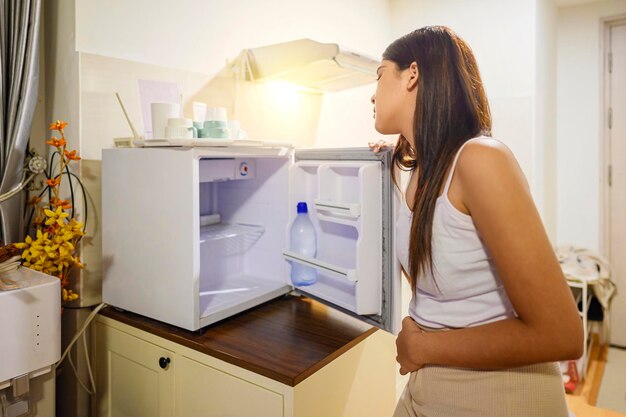The Ideal Refrigerator Temperature: Why It Matters and How to Get It Right
Keeping your refrigerator at the correct temperature is crucial for food safety and minimizing waste. Yet, with varying models and climates, what temperature should you actually set your fridge to keep your food fresh? In this guide, we will answer that question and explore all the related implications for the best results in preserving your groceries and bills alike.
🥶 The Sweet Spot: Optimal Refrigerator Temperature
The Ideal Temperature Range
Refrigerators should ideally be set between 35°F and 38°F (1.6°C to 3.3°C). This range is optimal for slowing bacterial growth, keeping your food safer and fresher for longer. Temperatures above 40°F (4.4°C) can increase the risk of foodborne illnesses, while anything below 32°F (0°C) risks freezing the contents.
Why Temperature Matters
The correct refrigerator temperature helps:
- Preserve Freshness: Proper settings slow down the natural decay of fresh products.
- Reduce Foodborne Risks: Lower temperatures inhibit harmful bacteria such as salmonella and E. coli from multiplying.
- Minimize Waste: Longer-lasting food means less for the trash, benefiting both your wallet and the environment.
🌡️ Setting Your Refrigerator: Practical Steps
Adjusting the Temperature
Most modern refrigerators have digital thermostats, making it easy to adjust and monitor internal temperatures. For older models, check the dial settings regularly with a manual thermometer to ensure accuracy.
Steps to Set Your Fridge:
- Locate the thermostat: It is typically on the fridge's back, wall, or ceiling.
- Adjust accordingly: Use the digital settings or dial to find the desired temperature.
- Check with an appliance thermometer: Place a thermometer in the center of the fridge for an accurate reading.
- Monitor regularly: Conditions like frequency of opening the door can alter temperatures.
Factors Affecting Temperature
Seasonal variations, the fridge’s location in your home, how often the door is opened, and how much food is stored can all impact how well your refrigerator maintains its temperature.
Tips to Maintain Consistency:
- Limit door openings: Frequent opening can lead to temperature fluctuations.
- Avoid overstocking: Ensure air can circulate properly within shelves.
- Place the fridge away from heat sources: Proximity to ovens, dishwashers, or direct sunlight can affect efficiency.
📋 Food Safety and Storage Practices
Proper Food Placement
Keeping your refrigerator organized can improve air flow and maintain consistent temperatures. Here are some best practices:
- Top shelves: Store ready-to-eat foods such as leftovers and drinks.
- Middle shelves: Dairy products, eggs, and other perishables.
- Bottom shelves: Raw meat and fish should be on the lowest shelf to prevent contamination.
- Crisper drawers: Use these for fruits and vegetables.
Warning Signs of Improper Cooling
Be attentive to these symptoms which can indicate improper cooling:
- Frost buildup: Could mean the temperature is too low or a seal is broken.
- Condensation: Moisture on the inside could indicate an issue with sealing or temperature.
- Strong odors: May signal spoiled food or poor circulation.
💡 Energy Efficiency Tips
Modern refrigerators are much more energy-efficient than older models, especially when set to the recommended temperatures. Use these strategies to minimize energy consumption:
- Regular maintenance: Clean the compressor coils and replace door seals as needed.
- Correct spacing: Keep the fridge an appropriate distance from walls to ensure proper air flow.
- Defrost regularly: For non-frost-free models, periodic defrosting helps maintain efficiency.
📊 Summary: Quick Tips for Keeping a Proper Refrigerator Temperature
Here's a handy checklist with key highlights and practical tips:
- Set temperature between 35°F and 38°F (1.6°C to 3.3°C). 🧊
- Use a thermometer to check and verify refrigerator temperature. 📏
- Limit door openings and avoid overstocking for consistency. 🚪✋
- Organize food smartly for optimal airflow and safety. 🥦🍗
- Check seals and coils regularly for energy efficiency. 🔧
Final Insight: Balancing Food Safety and Energy Savings
Maintaining the correct refrigerator temperature is crucial not only for food safety but also for energy efficiency. By understanding your appliance and implementing these strategies, you can ensure your food stays fresher for longer and your energy bills stay moderate. Remember, a well-managed refrigerator is a key component of a smoothly-running kitchen and a healthier home.
